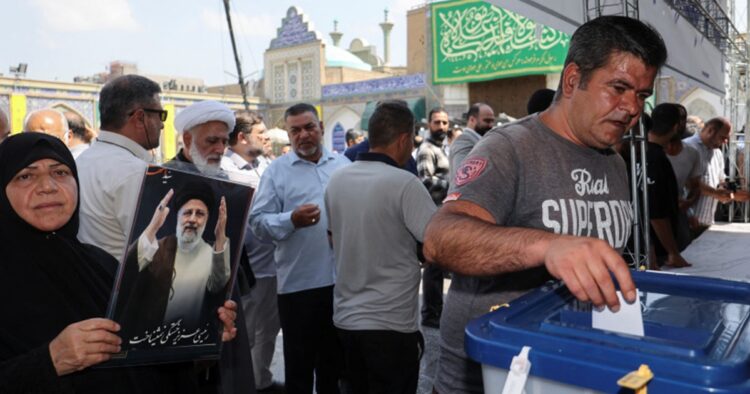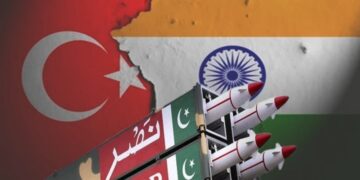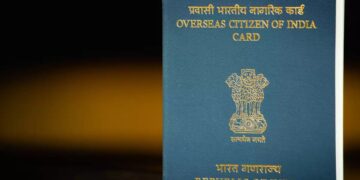Iran has commenced its snap presidential elections to select the successor of Ebrahim Raisi, who tragically passed away in a helicopter crash on May 19. The polls, open to all Iranian citizens aged 18 and above, began on Friday in Tehran amidst 58,640 polling stations across mosques and schools nationwide.
To participate, voters must complete an application and present their national ID card at the polling booth. They use a secret ballot to write the candidate’s name and code, which is then deposited into a ballot box. If no candidate secures over 50% of the total votes, a run-off round between the top two candidates will occur the following Friday.
Iran’s Supreme Leader, Ayatollah Ali Khamenei, emphasized the importance of high voter turnout, calling it a “definite need” and characterizing the election as a crucial political test. Khamenei cast his vote at a mosque near his offices and expressed confidence in the electoral process, urging citizens to participate actively.
Ahead of the polls, two presidential candidates withdrew from the race. Amir-Hossein Ghazizadeh Hashemi, aged 53, withdrew first, urging other candidates to follow suit to bolster unity within the revolutionary front. Following him, Alireza Zakani, the mayor of Tehran, announced his withdrawal, altering the dynamics of the presidential race.
Originally slated for 2025, the presidential elections were expedited due to Raisi’s untimely demise. Raisi, 63 years old at the time of his death, was a pivotal figure in Iran’s political landscape and was widely expected to secure another term in office.
His passing, alongside that of Iran’s Foreign Minister Hossein Amirabdollahian and other officials in the crash, has reshaped Iran’s political future amidst this unplanned electoral event.
ALSO READ: “Iran Presidential Election 2024: Candidates, Key Issues, and What to Expect”

















Comments